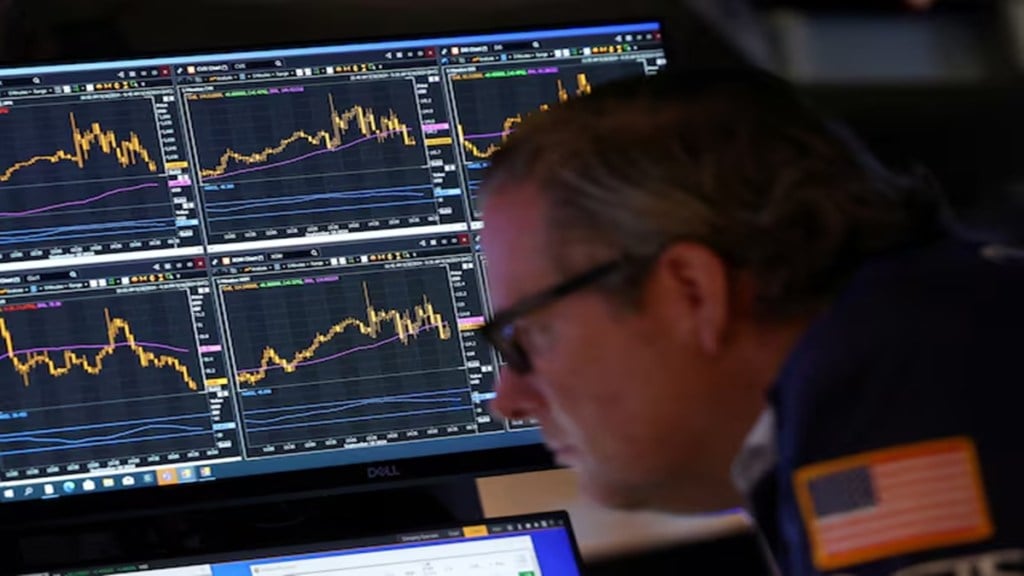Investor optimism is running high over the prospect of a Federal Reserve interest rate cut in September 2025, fueled by fresh signs of easing inflation and a cooling labor market.
July’s Consumer Price Index rose 2.7% year-on-year, coming in below forecasts and indicating that price pressures may be losing steam. At the same time, job growth has slowed in recent months, raising concerns about the economy’s momentum and the risk of a potential recession. Together, these factors have strengthened the case for monetary easing to spur activity and support employment.
Interest rate futures now assign a 97 to 98% probability that the Fed will lower its benchmark rate by 25 basis points at its September Federal Open Market Committee meeting. The current target range of 4.25% to 4.5% has been in place since the last rate cut in December 2024.
Despite core inflation remaining above the Fed’s 2% goal, policymakers face the challenge of balancing price stability with the need to cushion the economy. Rate cut expectations have already lifted market sentiment, pushing S&P 500 and Nasdaq futures to record highs. Global equities have also benefited, reflecting confidence that the Fed will act to safeguard growth in the months ahead.
While the Fed has kept interest rates steady since December, pressures from labour market softness and slower economic growth are intensifying calls for a rate cut. President Trump has criticised the Fed for delaying rate reductions, but Powell’s approach is to weigh all economic indicators thoroughly before making policy changes.
The Fed operates under a dual mandate to balance maximum employment and price stability. Recent labor data indicating worsening employment growth increase the case for stimulus through lower interest rates, yet the Fed leadership remains cautious, mindful of inflation risks and the effects of tariffs on prices before making a move.

